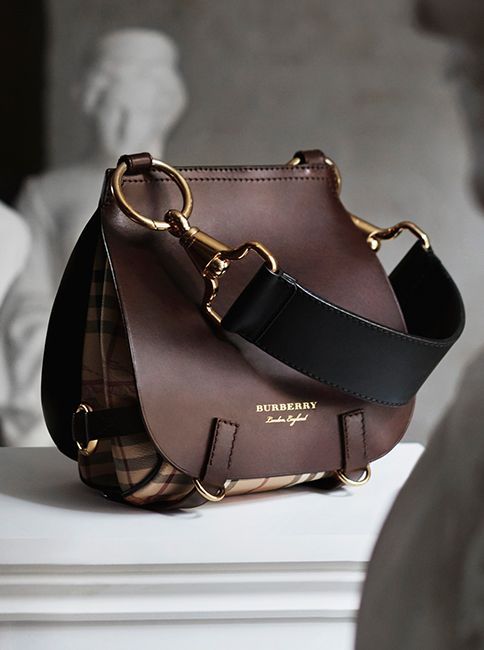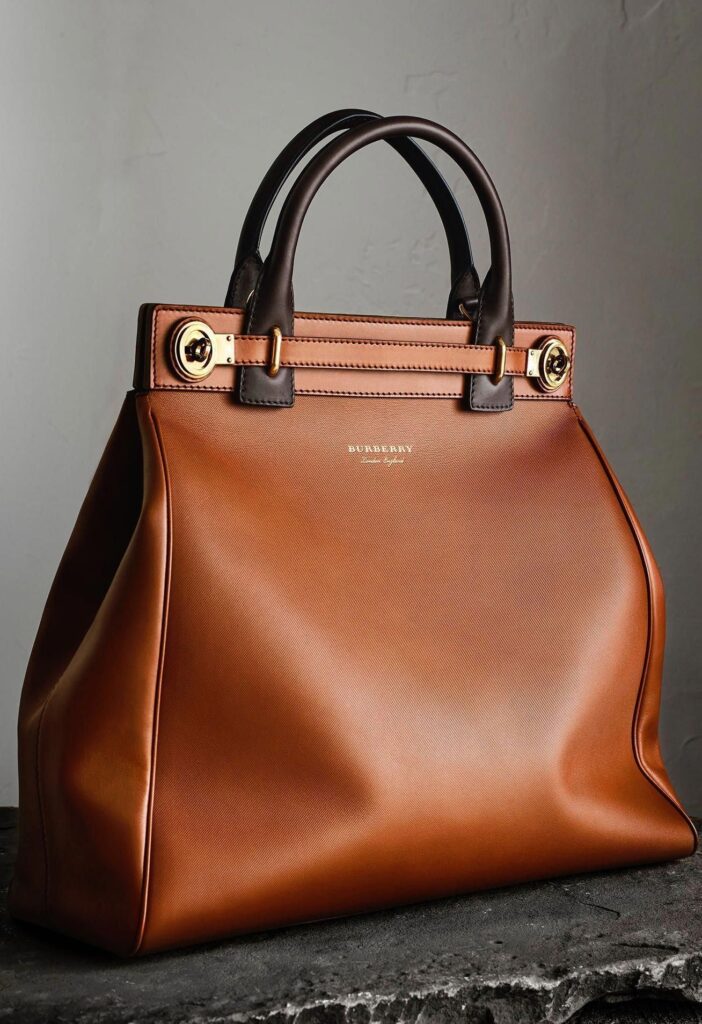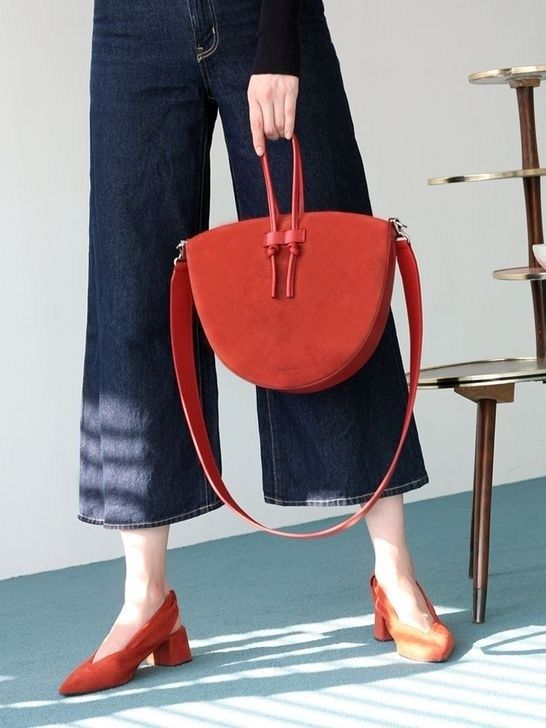Throughout history, women have carried handbags as both functional accessories and status symbols. The evolution of women’s handbag design has been a journey through time, reflecting changing tastes, societal norms, and technological advancements. From simple pouches carried on belts in ancient times to the luxurious designer handbags of today, the evolution of women’s handbag design is a fascinating glimpse into the evolution of fashion and society.
In ancient times, women carried small pouches or bags to hold essential items such as money, keys, and small tools. These bags were often attached to belts or sashes and were primarily functional in nature. As societies became more complex and stratified, handbags began to reflect the social status of their owners. In the Middle Ages, wealthy women carried elaborately embroidered and beaded pouches made of luxury fabrics such as silk and velvet. These bags were often decorated with religious symbols or heraldic motifs to show the status and lineage of the owner.
During the Renaissance and Baroque periods, handbags became larger and more elaborate, reflecting the opulence and excess of the times. Women carried handbags made of rich brocades and velvets, embellished with beads, lace, and intricate embroidery. These bags were often worn slung over the shoulder or held in the hand, signaling a shift towards more refined and elegant forms of carrying.
The Industrial Revolution brought about significant changes in women’s handbag design, as new materials such as leather and metal became more readily available. The advent of mass production allowed for handbags to be produced quickly and inexpensively, making them more accessible to a wider range of women. The late 19th and early 20th centuries saw the rise of handbag styles such as the reticule, a small drawstring bag often carried by women to social events, and the chatelaine, a decorative belt hook with attached tools and accessories.
In the mid-20th century, handbag design underwent a revolution with the introduction of the iconic Chanel 2.55 bag. Designed by Coco Chanel in 1955, the 2.55 bag featured a chain strap, quilted leather, and the brand’s signature double ‘C’ clasp. This bag revolutionized women’s handbag design by combining style and function in a way that had never been seen before. The 2.55 bag set the stage for the rise of designer handbags in the fashion industry, paving the way for luxury brands such as Louis Vuitton, Gucci, and Prada to create their own iconic handbag designs.
Today, women’s handbag design continues to evolve, with new materials, shapes, and styles constantly being introduced to the market. From oversized totes to mini crossbody bags, women have a wide range of options to choose from when it comes to selecting a handbag that suits their personal style and needs. Technology has also played a role in the evolution of handbag design, with features such as built-in chargers, RFID blocking technology, and smart locks becoming increasingly popular.
In conclusion, the evolution of women’s handbag design has been a fascinating journey through time, reflecting the changing tastes and values of society. From simple pouches carried on belts in ancient times to the luxurious designer handbags of today, the handbag has evolved from a purely functional accessory to a symbol of status, style, and individuality. As women’s roles and expectations continue to change, so too will the design of the handbag, adapting to meet the ever-evolving needs and desires of women everywhere.
 thefashiontamer.com Fashion Inspirations
thefashiontamer.com Fashion Inspirations













